Tree of the Week: Arborvitae
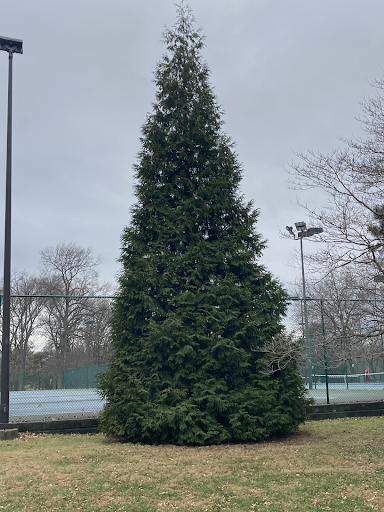
By: Mark Halpin, Forestry Manager Arborvitae (“tree of life”, unusual for having a Latin common name) refers to a number of trees in the Thuja genus. In St. Louis this […]
Tree of the Week: Pond cypress
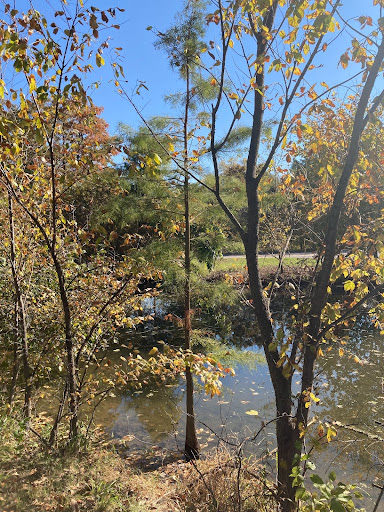
Pond cypress (Taxodium ascendens) By: Mark Halpin, Forestry Manager Bald cypress is a magnificent tree, both aesthetically and ecologically, but it has a couple faults that cause people some hesitation […]
Tree of the Week: Winterberry holly
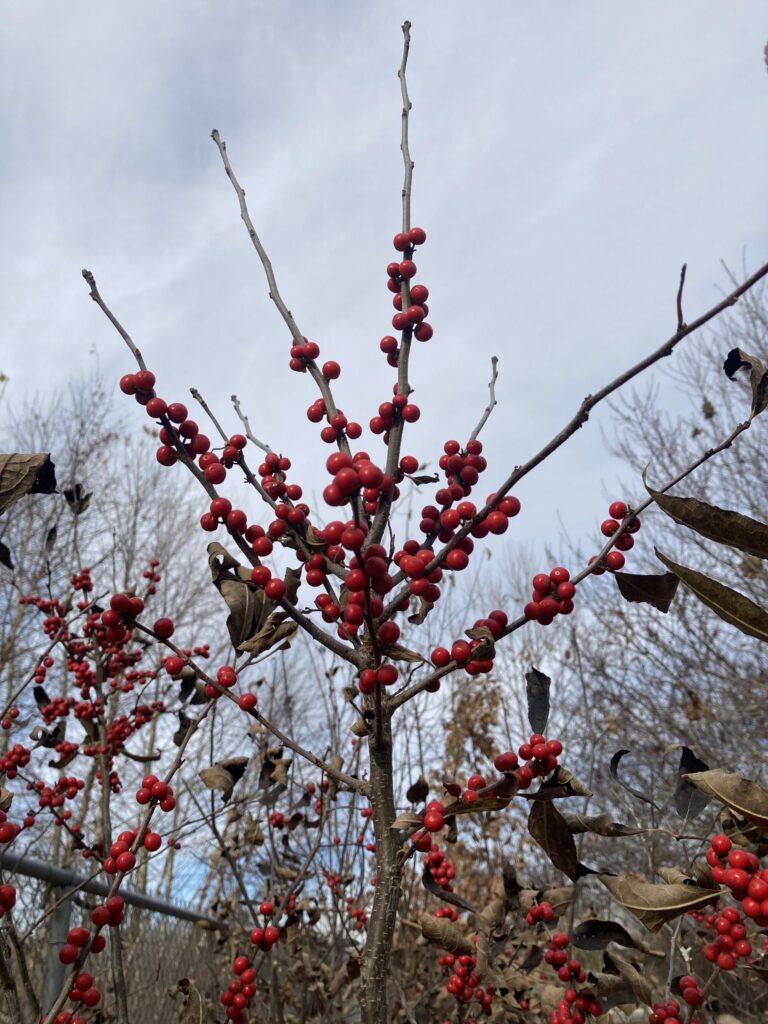
By: Mark Halpin, Forestry Manager Fall color has finally departed, and the few leaves that remain clinging to the trees are for the most part withered and pale, and so […]
Tree of the Week: Sweetgum
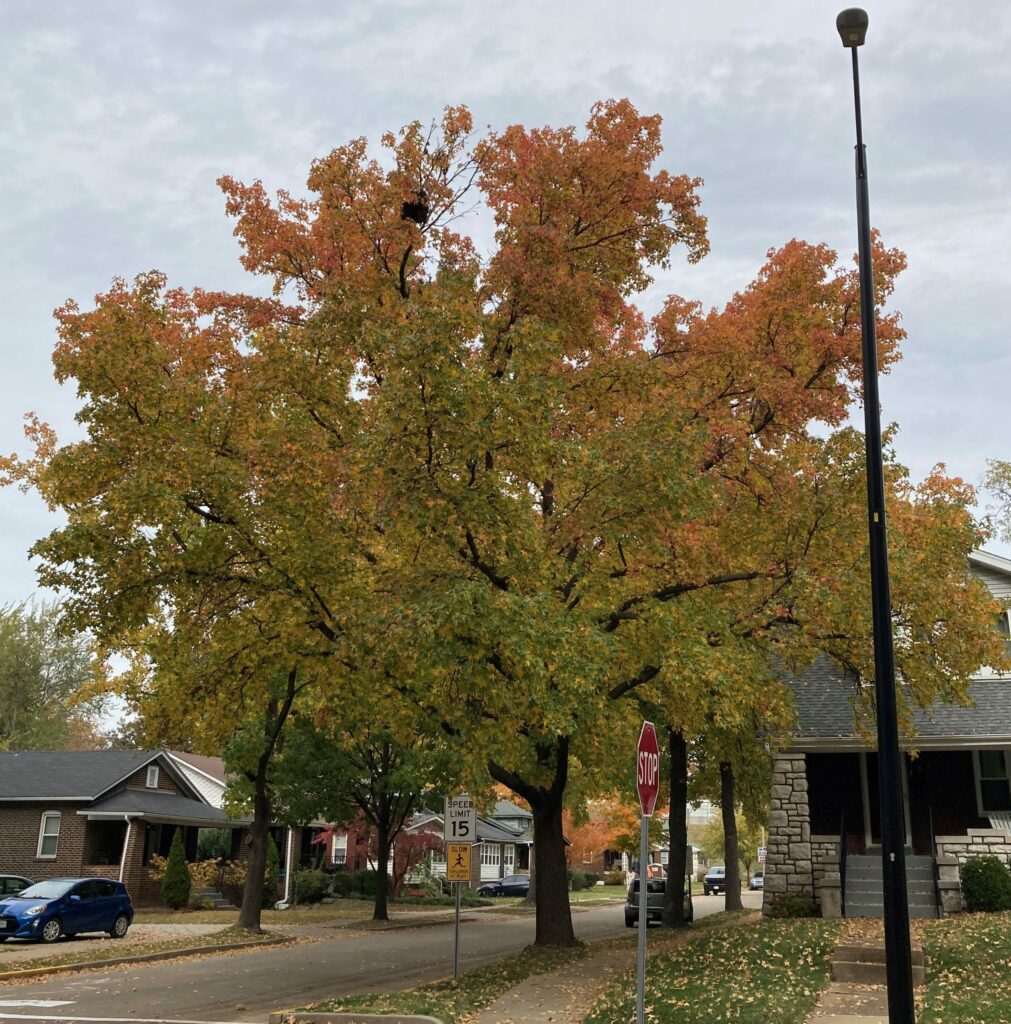
The redheaded stepchild of the urban forest, Sweetgum (Liquidambar styraciflua) is, based on my experience fielding complaints from the public, the most hated tree in our region. Even ecologically destructive […]
Tree of the Week: Common Witch Hazel
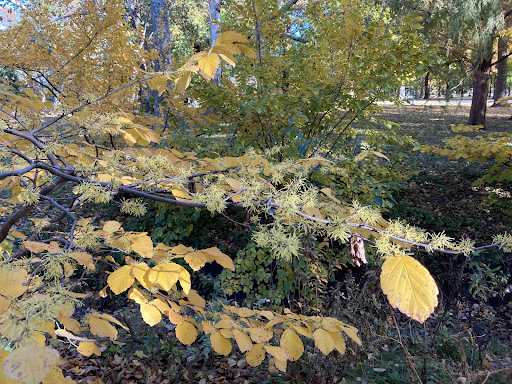
By: Mark Halpin, Forestry Manager It’s not unusual to see spring flowering woody plants push out a few blooms in late summer or even further into fall – crabapples, cherries […]
Tree of the Week: Red Maple
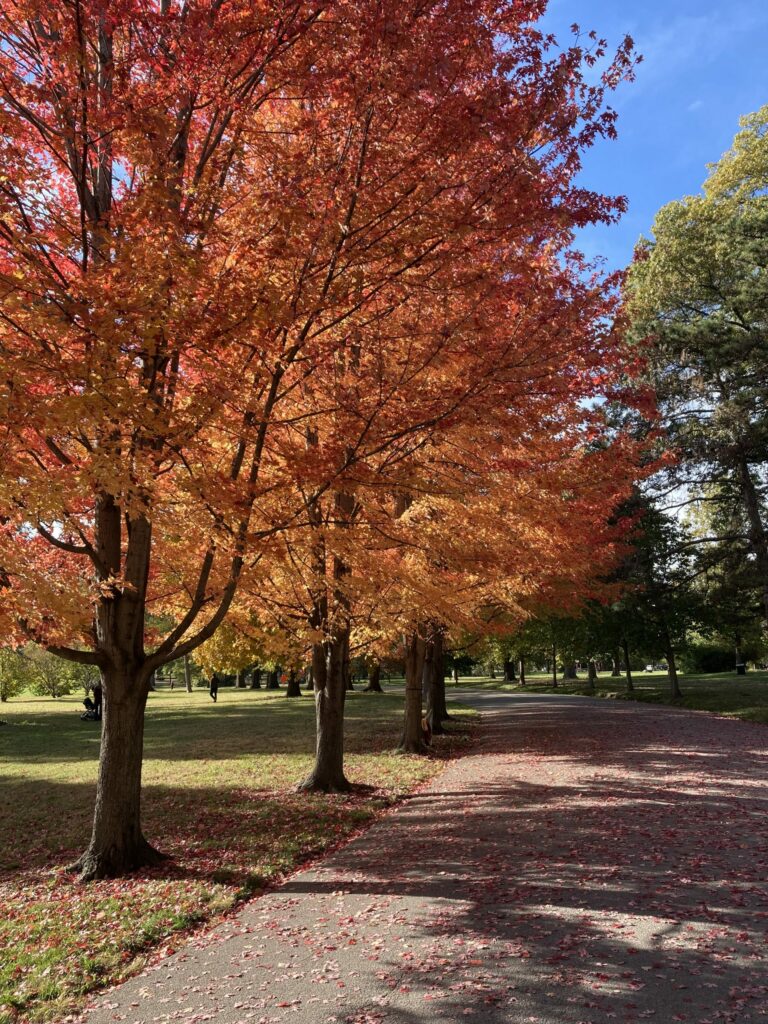
By: Mark Halpin, Forestry Manager Acer rubrum, Red Maple, has become a very fashionable tree to dislike in the arboricultural world, because it has been so criminally over-planted. Like dwarf […]
Tree of the Week: Sugar Maple
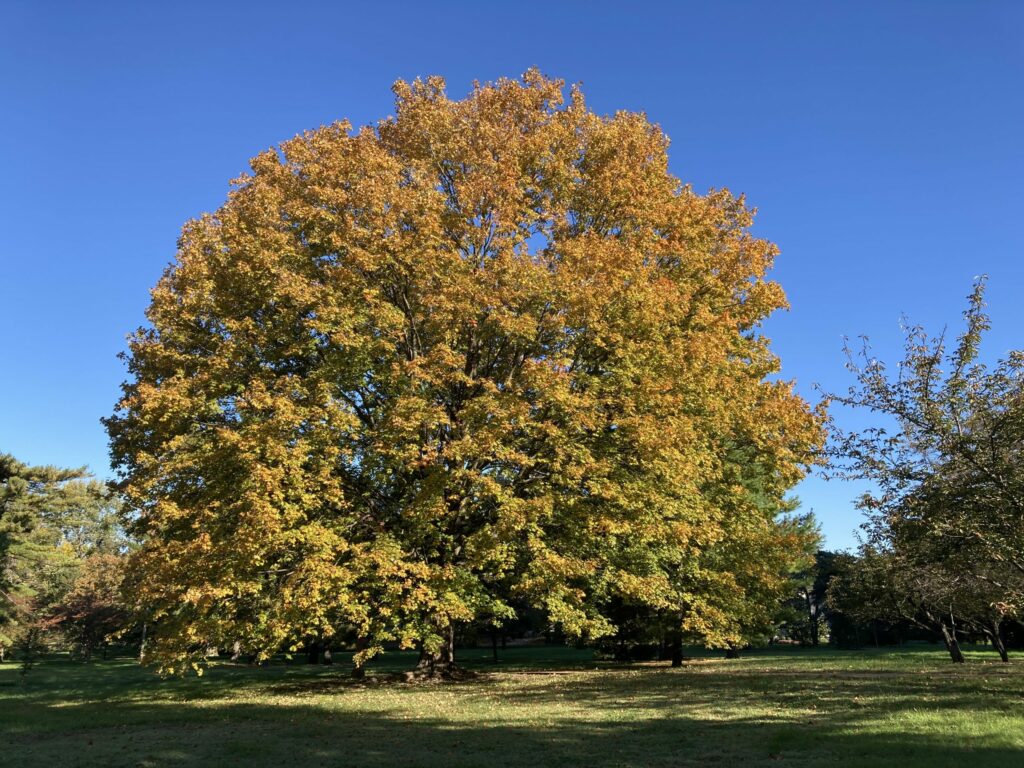
By: Mark Halpin, Forestry Manager Acer saccharum, Sugar Maple, along with the Giant Sequoia, the White Oak and the White Pine, is one of the great arboreal icons of North […]
Tree of the Week: Bald Cypress
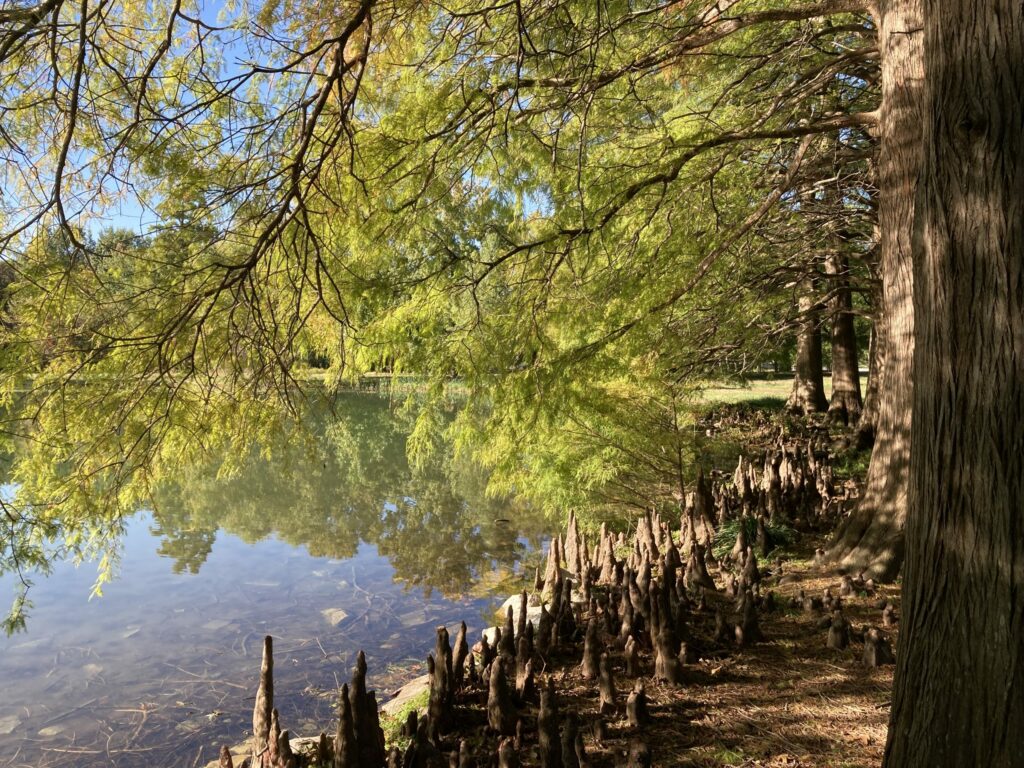
By: Mark Halpin, Forestry Manager Bald Cypress, Taxodium distichum, always seems to look best in groves. Stepping into one of these groupings in the late fall or winter, when the […]
Tree of the Week: Post Oak
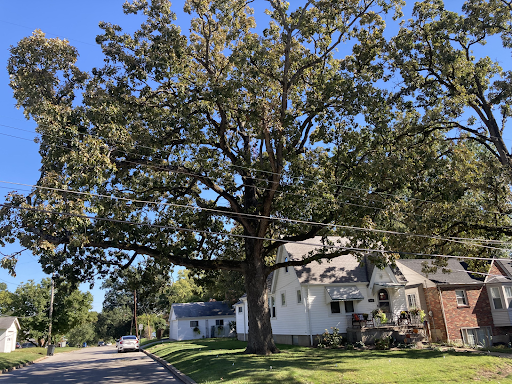
Quercus stellata, post oak, does not enjoy the prestige of its close relatives White Oak and Bur Oak. Its growth rate is glacial, even by the slow standards of its […]
Tree of the Week: Sourwood
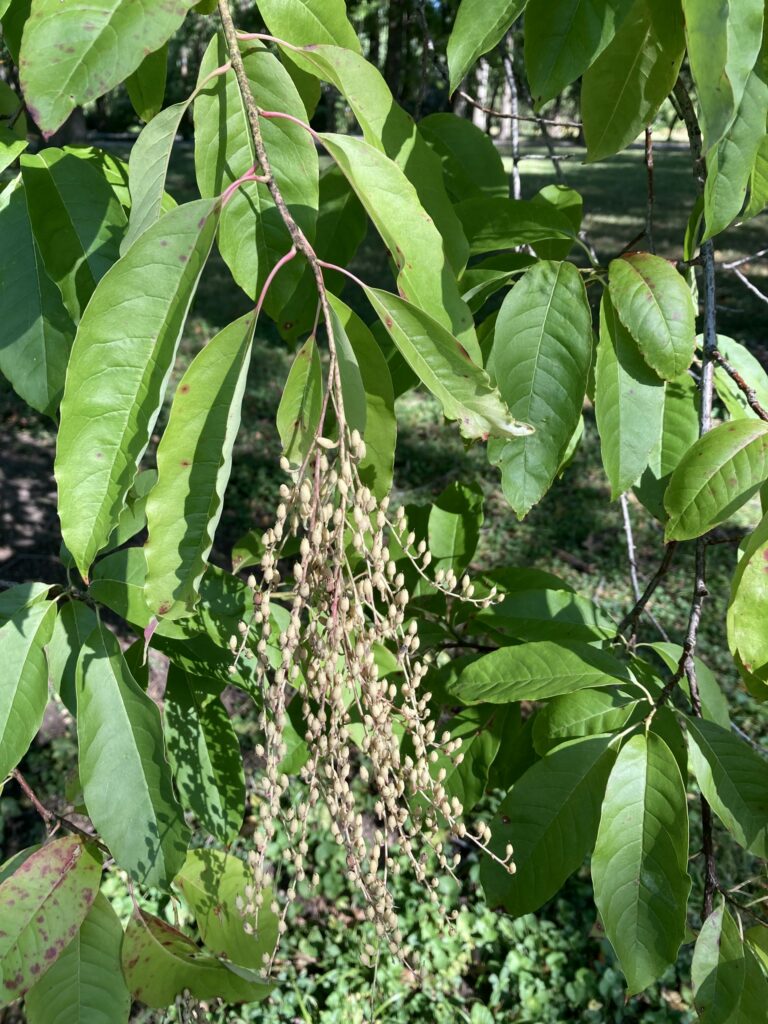
By Mark Halpin, Forestry Manager Oxydendrum arboreum, sourwood, is native to the American south, its range only approaching Missouri’s southeast border, but is often treated as a “near native.” There […]

